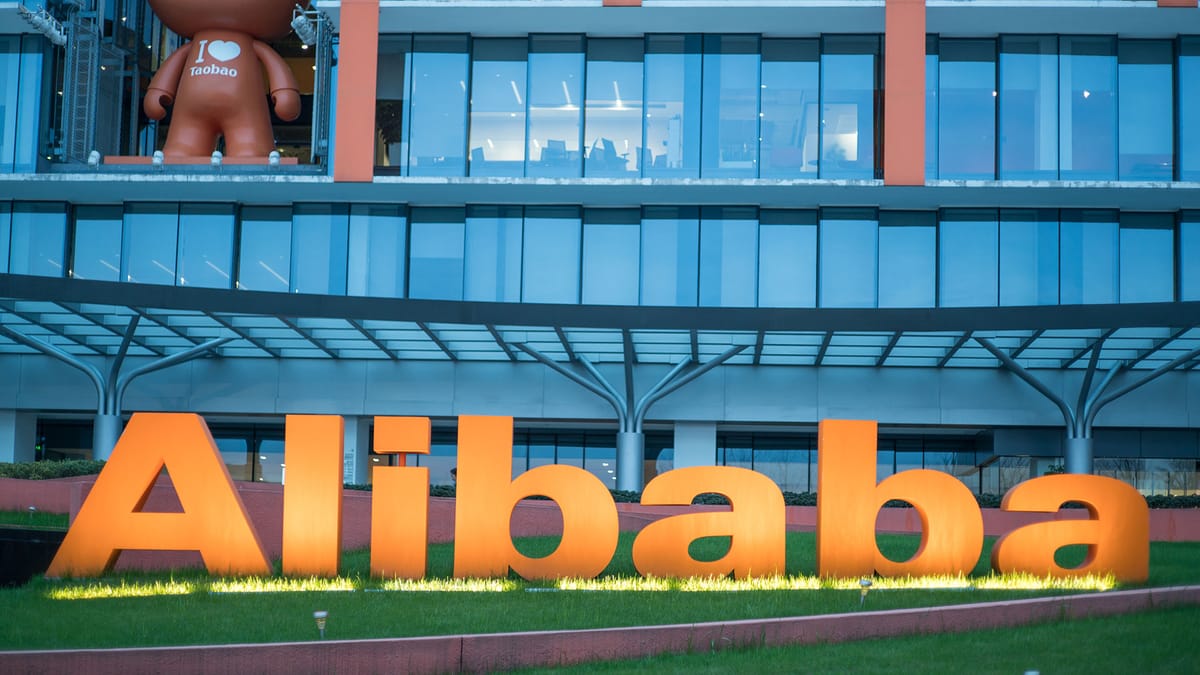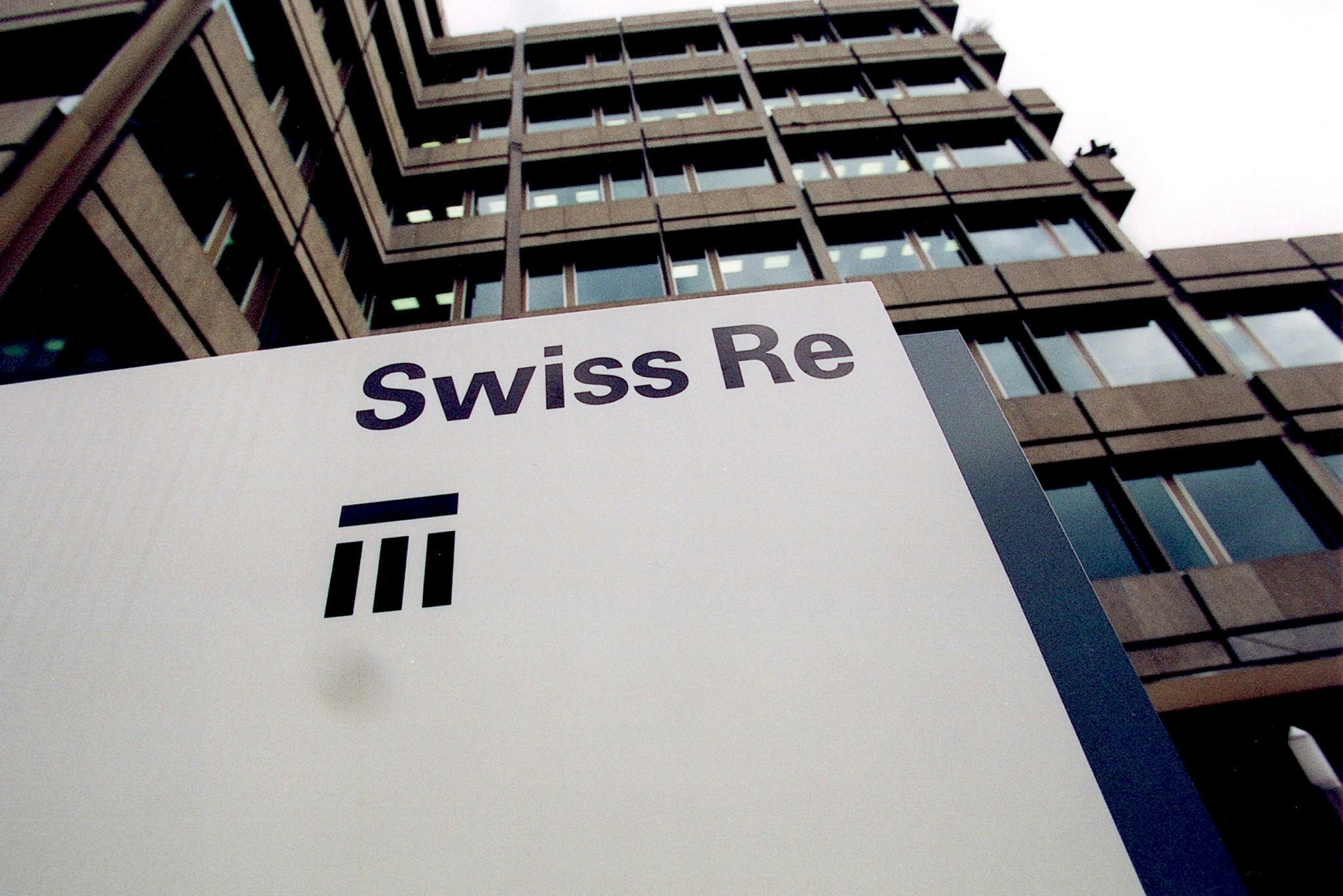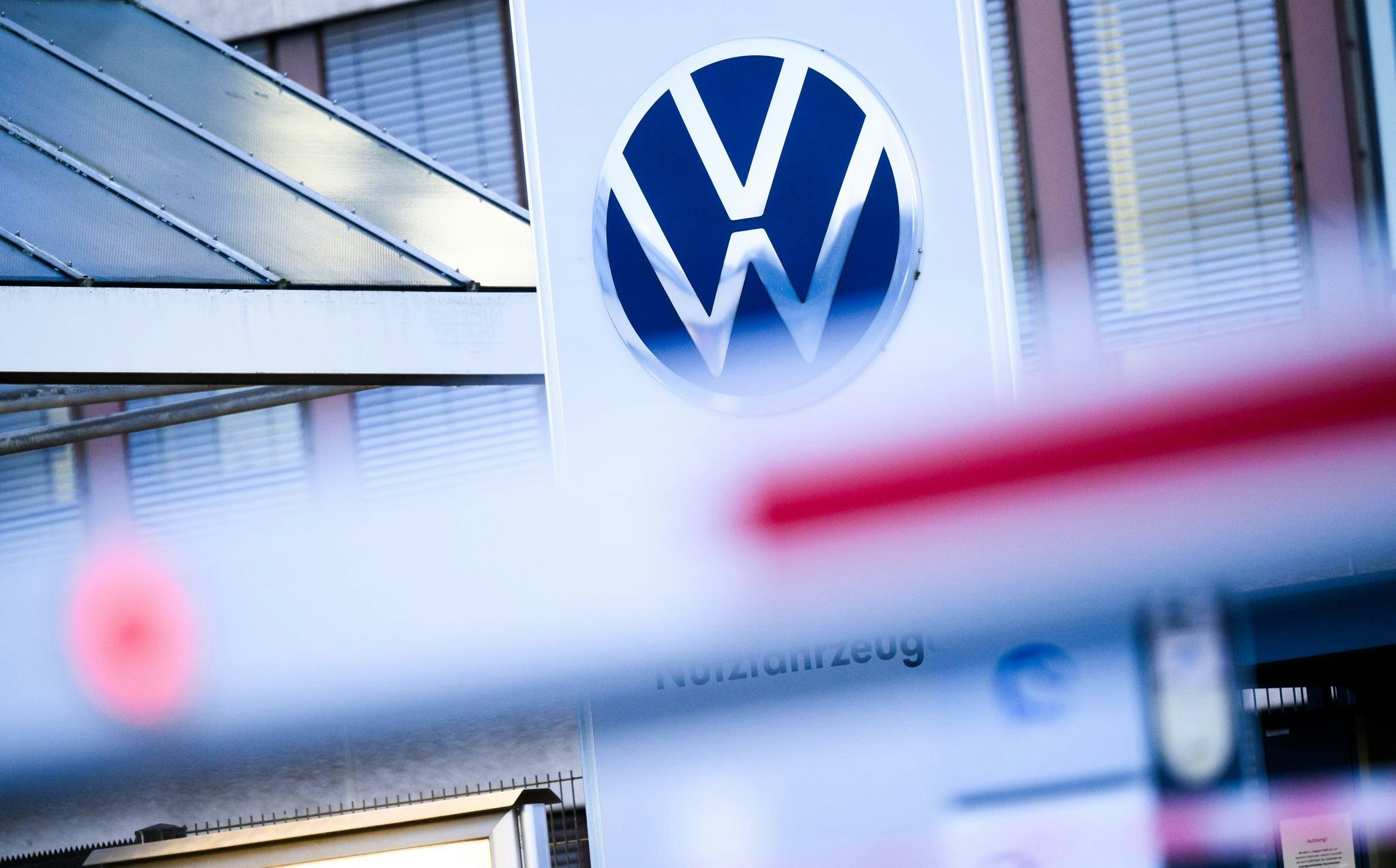Mining as a New Infrastructure Sector
The business of "mining" Bitcoin has fundamentally changed. Companies like Marathon Digital, Riot Platforms, CleanSpark, or Iris Energy operate large data centers, secure energy contracts for years, and invest massively in efficiency. Their combined market capitalization is now over 80 billion US dollars – a level that would have been unthinkable a few years ago.
Many miners now operate with profit margins of 40 to 50 percent. Some also hold substantial Bitcoin reserves, which they strategically use to create liquidity or safety buffers. As a result, they resemble energy and infrastructure companies more than pure crypto speculators.
Operating leverage leads to explosive profits
The most important driver of the stock rally: operating leverage.
The cost of producing a single Bitcoin for the big players is usually between 35,000 and 45,000 US dollars. As long as the market price is well above that, the profit increases disproportionately.
This means:
- Ein 5-prozentiger Anstieg des Bitcoin-Kurses kann die Marge eines Miners um 20 bis 30 Prozent erhöhen.
- Selbst moderate Korrekturen führen kaum zu Einbrüchen, solange der Bitcoin nicht in die Nähe der Produktionskosten rutscht.
- Jede Phase höherer Volatilität schafft zusätzliche Ertragschancen durch Transaktionsgebühren.
This mechanism explains why mining stocks in 2025 outperformed Bitcoin itself in some cases: Iris Energy has increased by over 500 percent since the beginning of the year, while Bitcoin gained only about eight to nine percent.
Institutional Investors Discover Miners as "Bitcoin Plus
Since the USA approved spot ETFs at the beginning of 2024, enormous amounts have been flowing into the ecosystem. Apart from Bitcoin itself, mining ETFs such as the Global X Blockchain ETF or the WGMI ETF are benefiting from this.
For fund managers, miners are attractive because they:
- einen gehebelt positiven Effekt auf den Bitcoin-Preis bieten,
- an Energie- und Infrastrukturprozessen beteiligt sind,
- und an der Börse handelbar bleiben, ohne Verwahr- oder Compliance-Hürden.
The result: Mining stocks are increasingly finding a place in traditional stock portfolios - similar to energy, utility, or semiconductor stocks.
Energy, AI, and Data Centers – the Silent Structural Change
In parallel, a transformation is taking place that is changing the assessment of the entire industry:
- Energiestrategie: Viele Miner bauen auf erneuerbare Quellen oder nutzen flexible Stromverträge. In Texas erhalten Unternehmen wie Riot Platforms sogar Zahlungen, wenn sie ihre Kapazitäten in Spitzenzeiten abschalten.
- Rechenzentrums-Synergien: Immer mehr Miner investieren zusätzlich in Hochleistungsrechner für KI-Projekte. Die bestehende Infrastruktur – Kühlung, Stromversorgung, Datenanbindung – ist ideal, um KI-Workloads zu hosten.
- Diversifizierung: Einige Betreiber nutzen überschüssige Energie oder Rechenleistung, um neue Geschäftsmodelle zu erschließen, z. B. Cloud-Services oder HPC-Rechenkapazität.
This makes it clear: Mining companies are no longer just Bitcoin factories. They are becoming hubs of the digital energy and data economy.
What does this mean for investors?
Even though the industry reacts sensitively to Bitcoin prices in the long term, the last few weeks have shown: Miners can outperform during correction phases – especially when:
- ihre Kostenstruktur weit unter dem Marktpreis liegt,
- zusätzliche Geschäftsmodelle Einnahmen generieren,
- und institutionelles Kapital die Aktien nachfragt.
Those who understand the crypto market not only as a currency system but as an emerging digital infrastructure recognize the mining sector as a growth-strong subfield – highly volatile, but also highly scalable.









